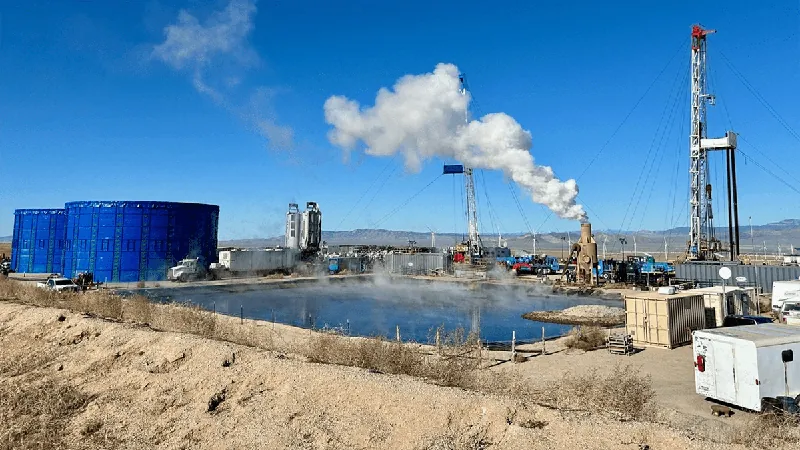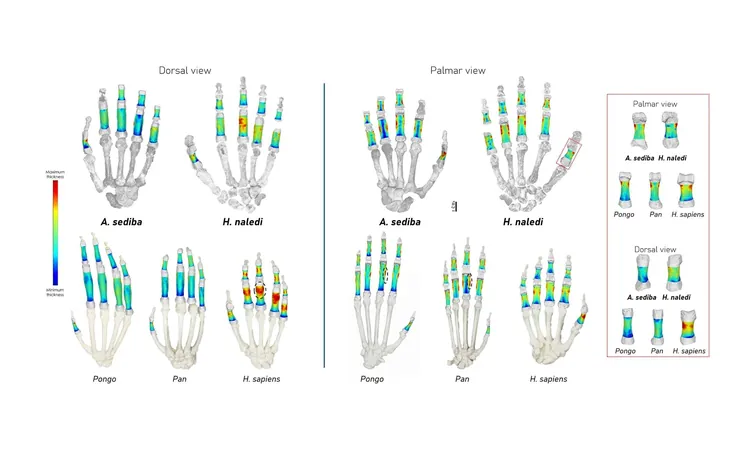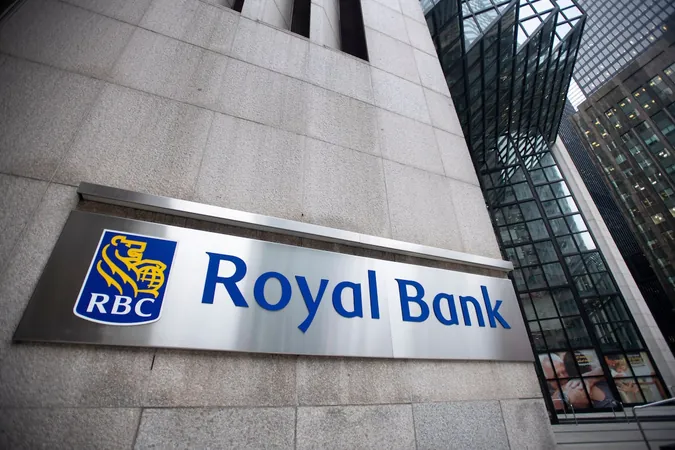
Unveiling the Hidden Risks of Enhanced Geothermal Systems: New Guidelines for Safety
2025-01-07
Author: Liam
How Enhanced Geothermal Systems Operate
EGS are a groundbreaking technology that enhances the permeability of geothermal reservoirs. This process begins with injecting high-pressure fluids deep underground to create fractures in rock formations. As cold water is circulated through these newly formed pathways, it absorbs heat, which can then be converted into electricity or used for direct heating. The longevity of this process can extend for decades, making it an attractive renewable energy source.
The Dangers Lurking Beneath: Induced Seismicity Explained
While the benefits of geothermal energy are clear, the process of hydraulic stimulation can unintentionally activate pre-existing faults in the Earth's crust, leading to larger seismic events. These induced earthquakes, although typically minor, can pose serious risks to communities and infrastructure surrounding EGS operations. In some cases, concerns about seismic activity have led to the halting of geothermal projects altogether.
Guidelines for Mitigating Seismic Risks
To address the risks associated with EGS, the authors of the study propose a comprehensive risk management framework known as the Induced Seismicity Risk Management Framework (ISRMF). Their approach includes several key modules:
1. Seismic Risk Pre-Screening
A preliminary assessment to identify potential risks before drilling begins.
2. Data Collection and Research
Ongoing monitoring and data analysis to understand seismic behavior associated with geothermal operations.
3. Communication and Outreach
Engaging with local communities and stakeholders to foster trust and transparency regarding seismic risks.
4. Seismic Hazard and Risk Assessment
Conducting thorough evaluations of potential hazards throughout the project lifecycle.
5. Technical Mitigation Measures
Implementing designed protocols to manage risks actively during drilling and operation phases.
6. Financial Mitigation Measures
Establishing financial safeguards to cover any damages or liabilities that arise from induced seismicity.
The Path Forward: Addressing Knowledge Gaps
While the guidelines provide a robust framework, several critical questions remain unanswered. For instance, the exact mechanisms behind larger induced earthquakes during fluid injection are still not fully understood. Furthermore, continuous research is needed to evaluate the effectiveness of mitigation strategies and to improve pre-screening techniques for identifying seismically susceptible areas prior to operations.
Who Could Benefit?
The ISRMF serves not only geothermal operators but also regulators, the impacted public, and researchers in the field. By adopting this framework, EGS operators can take proactive steps in managing seismic risks, while regulators can ensure compliance and safety. Researchers can utilize the guidelines to refine their studies and contribute to the evolving understanding of induced seismicity.
Conclusion
In conclusion, as the world pushes towards greener energy, understanding and managing the risks associated with enhanced geothermal systems is imperative. With the proper guidelines in place, operators can safeguard communities while tapping into the vast potential of geothermal energy, paving the way for a sustainable energy future.
Call to Action
Stay informed and join the conversation about how we can responsibly harness the Earth’s geothermal energy without compromising safety!









 Brasil (PT)
Brasil (PT)
 Canada (EN)
Canada (EN)
 Chile (ES)
Chile (ES)
 Česko (CS)
Česko (CS)
 대한민국 (KO)
대한민국 (KO)
 España (ES)
España (ES)
 France (FR)
France (FR)
 Hong Kong (EN)
Hong Kong (EN)
 Italia (IT)
Italia (IT)
 日本 (JA)
日本 (JA)
 Magyarország (HU)
Magyarország (HU)
 Norge (NO)
Norge (NO)
 Polska (PL)
Polska (PL)
 Schweiz (DE)
Schweiz (DE)
 Singapore (EN)
Singapore (EN)
 Sverige (SV)
Sverige (SV)
 Suomi (FI)
Suomi (FI)
 Türkiye (TR)
Türkiye (TR)
 الإمارات العربية المتحدة (AR)
الإمارات العربية المتحدة (AR)